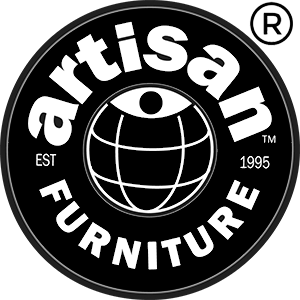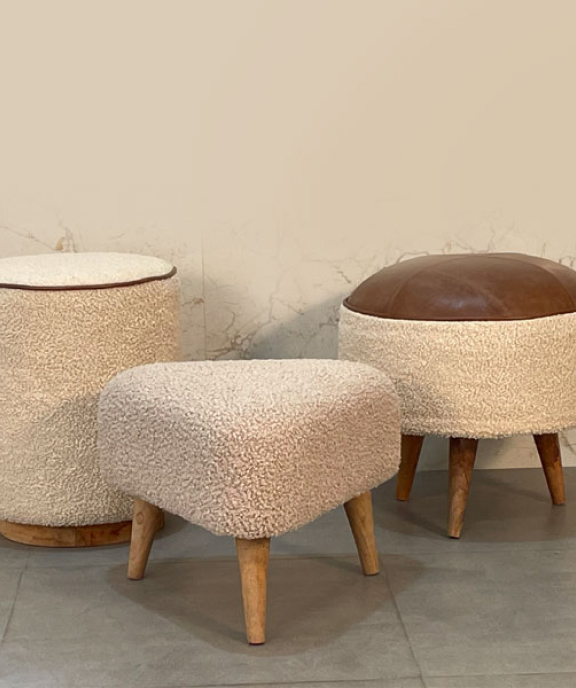The Art and Science of Interior Design: Transforming Spaces into Experiences
Interior design, a field that combines art, science, and business, is about more than just arranging furniture aesthetically. It’s about creating environments that enhance the quality of life and culture of the occupants. In this 1000-word article, we will explore the multifaceted world of interior design, examining its principles, trends, challenges, and the future direction of this dynamic profession.
The Essence of Interior Design
Interior design goes beyond mere decoration. It involves a comprehensive understanding of architecture, furniture design, color theory, spatial arrangements, and human psychology. The primary goal is to create functional and aesthetically pleasing spaces that meet the specific needs and preferences of clients.
Key Principles of Interior Design
- Functionality: The foremost principle of interior design is functionality. Spaces must be practical and usable, addressing the specific needs of the inhabitants.
- Aesthetics: This involves the visual appeal of a space, achieved through color, texture, lighting, and material choices. Aesthetics in interior design is not just about beauty but about creating the right mood and atmosphere.
- Space Management: Effective interior design optimizes the use of space, making it feel more open, comfortable, and harmonious.
- Personalization: The best interior designs reflect the personality and style of the occupants, turning houses into homes.
Current Trends in Interior Design
Contemporary interior design trends reflect a blend of innovation and tradition, sustainability, and technology. Some of the current trends include:
- Sustainable Design: With growing environmental concerns, there’s an increasing emphasis on eco-friendly materials, energy efficiency, and sustainability in interior design.
- Smart Homes: The integration of technology in interior design has led to the rise of smart homes, where automation and digital technology enhance the functionality and comfort of living spaces.
- Minimalism: This trend focuses on simplicity and functionality, promoting clutter-free, clean spaces that are both modern and timeless.
- Biophilic Design: Incorporating natural elements into interior spaces to promote a connection to nature, improving mental well-being and productivity.
Challenges Faced by Interior Designers
Interior designers often face challenges such as staying abreast of changing trends, managing client expectations, and balancing creativity with practicality. Additionally, the industry is increasingly competitive, requiring designers to continually develop their skills and network.
The Role of Technology in Interior Design
Advancements in technology have significantly impacted interior design. Tools like 3D modeling software and virtual reality have transformed the way designers plan and visualize their projects, allowing for more accuracy and client involvement in the design process.
Interior Design Education and Career Pathways
A career in interior design typically begins with formal education, ranging from diplomas to bachelor’s and master’s degrees. Subjects covered include color theory, architectural history, spatial design, and materials and textiles, among others. Post-education, designers often start as interns or assistants, gradually building their portfolio and client base.
The Business of Interior Design
Successful interior design is as much about business acumen as it is about creativity. Designers must be adept at project management, budgeting, and client communication. Building a brand and marketing one’s design philosophy and services are crucial in this highly competitive field.
The Future of Interior Design
Looking ahead, the future of interior design is likely to be shaped by sustainability, inclusivity, and technological innovation. Designers will continue to explore new materials, techniques, and technologies to create spaces that are not only aesthetically pleasing but also environmentally responsible and adaptive to the changing needs of society.
Conclusion
Interior design is an ever-evolving field that plays a crucial role in shaping our living and working environments. It requires a unique blend of creativity, technical knowledge, and business skills. As we move forward, the industry will continue to be influenced by global trends, technological advancements, and a growing emphasis on sustainable practices. In this dynamic profession, the ability to adapt and innovate will remain key to success.


